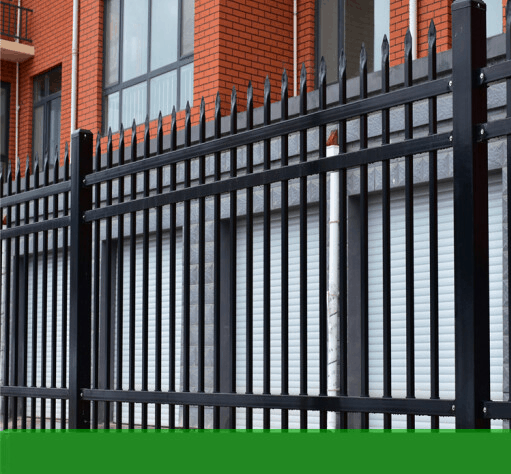Installing a steel fence is an excellent way to improve the security and aesthetic value of your property. Steel fences are durable and have low maintenance costs, making them a smart investment. With the right tools and techniques, installing a steel fence can be a DIY project. In this article, we will cover the basics of DIY steel fence installation, including the necessary tools and steps involved.
Tools and Materials Required for DIY Steel Fence Installation
Here’s a list of tools and materials required for a successful DIY steel fence installation:
– Steel fence panels
– Steel fence posts
– Posthole digger
– Concrete
– Level
– String line
– Measuring tape
– Circular saw or angle grinder
– Screws
– Screwdriver or drill with screw bit
– Wrench
– Rubber mallet
– Safety equipment (gloves, safety glasses, ear protection)
Installation Steps
Step 1: Planning
Begin by planning your fence design and marking out your fence line. Decide on the height and length of your fence and how many panels and posts you will need. Measure out the distance between each post and mark the locations with stakes and string lines. The distance will depend on the size of your fence panels, but it is generally around 8 feet.
Step 2: Posthole Digging
Use a posthole digger to dig the holes for the posts. The depth and width of the postholes will depend on the size of the posts and the height of the fence. Typically, the postholes should be at least 18 inches deep and 8 inches wide.
Step 3: Insert Posts
Insert the posts into the postholes, ensuring that they are level with the string line. Fill the postholes with concrete and allow the concrete to cure completely before proceeding to the next step.
Step 4: Attach Panels
Once the concrete is dry, attach the fence panels to the posts using screws. Use a level to ensure that the panels are straight and level. Start at one end of the fence line and work your way along, attaching the panels to each post.
Step 5: Finishing Touches
Lastly, add the finishing touches to the fence by trimming off any excess material and adding any additional decorations or features such as post caps.
FAQs
1. Can I install a steel fence on my own?
Yes, a steel fence can be a DIY project, but it is important to have the necessary tools and experience to carry out the installation safely and effectively.
2. How deep should the postholes be?
The depth of the postholes will depend on the size of the posts and the height of the fence. Typically, the postholes should be at least 18 inches deep and 8 inches wide.
3. How do I ensure that the fence is level?
Use a level to ensure that the fence panels are straight and level. Start at one end of the fence line and work your way along, attaching the panels to each post.
4. How do I attach the fence panels to the posts?
Attach the fence panels to the posts using screws. Ensure that the panels are securely fastened to the posts.
5. What safety precautions should be taken during DIY fence installation?
It is important to wear appropriate safety equipment such as gloves, safety glasses, and ear protection. Additionally, use caution when operating power tools and ensure that the fence panels and posts are firmly secured before climbing the fence.
In conclusion, installing a steel fence can be a DIY project with the right tools, materials, and techniques. By following the above installation steps, you can improve the security and aesthetic value of your property while reducing the maintenance costs associated with fencing. Remember to take appropriate safety precautions and consult a professional if you are unsure of any aspect of the installation process.


